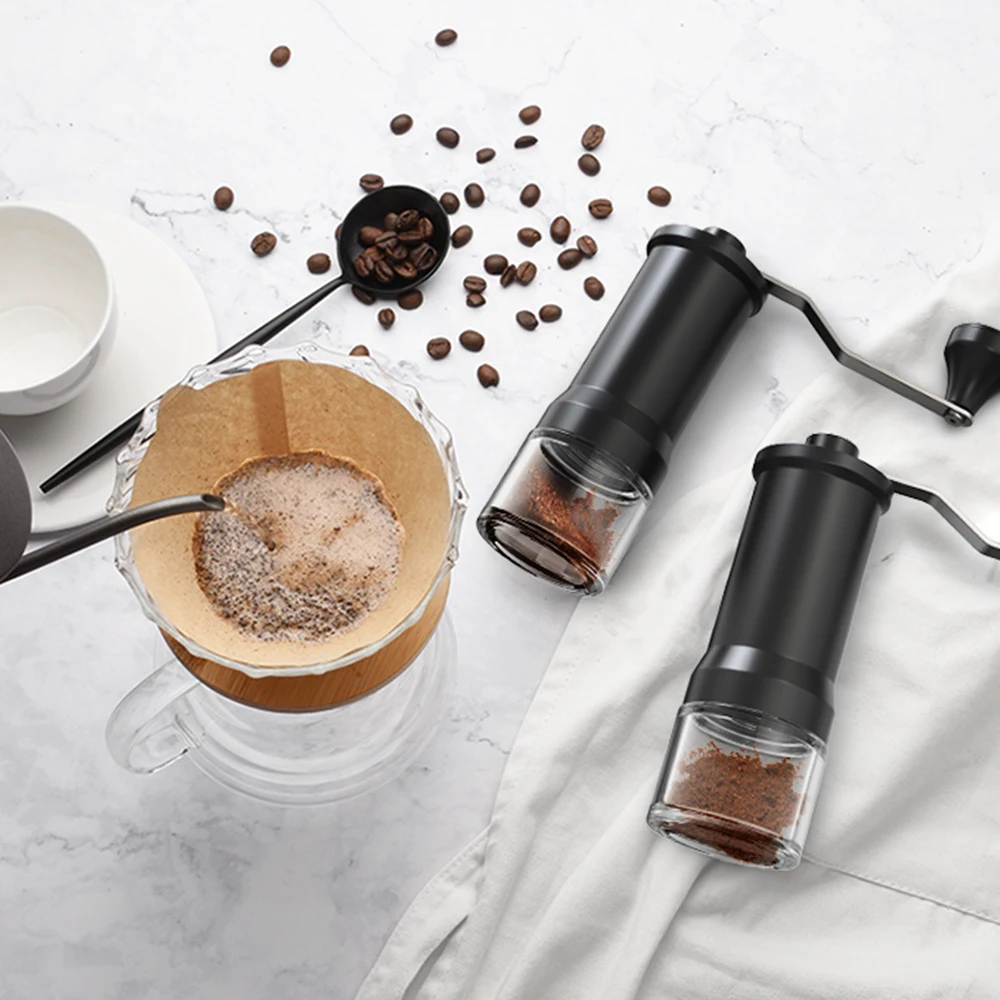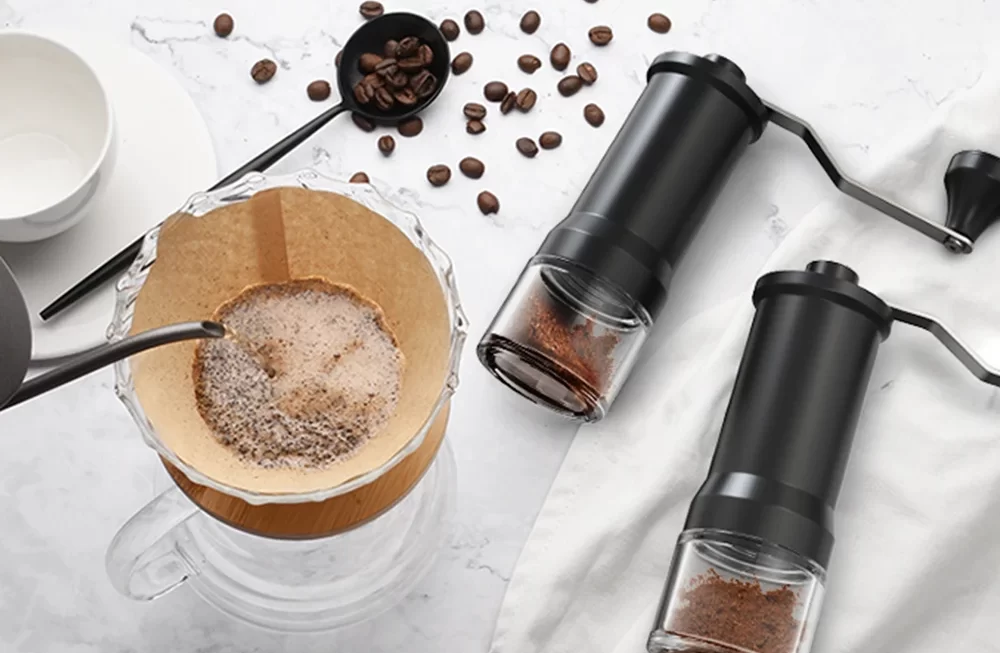Introduction
Coffee is more than just a drink; it’s an experience. The aroma, the flavor, and the ritual of brewing all contribute to the joy of drinking coffee. A crucial element that influences the taste of your cup is the coffee grinder. This article will explore the various types of coffee grinders and how to choose the best one for your needs. We will also look at the grinding process, its effects on flavor, maintenance tips, and much more.
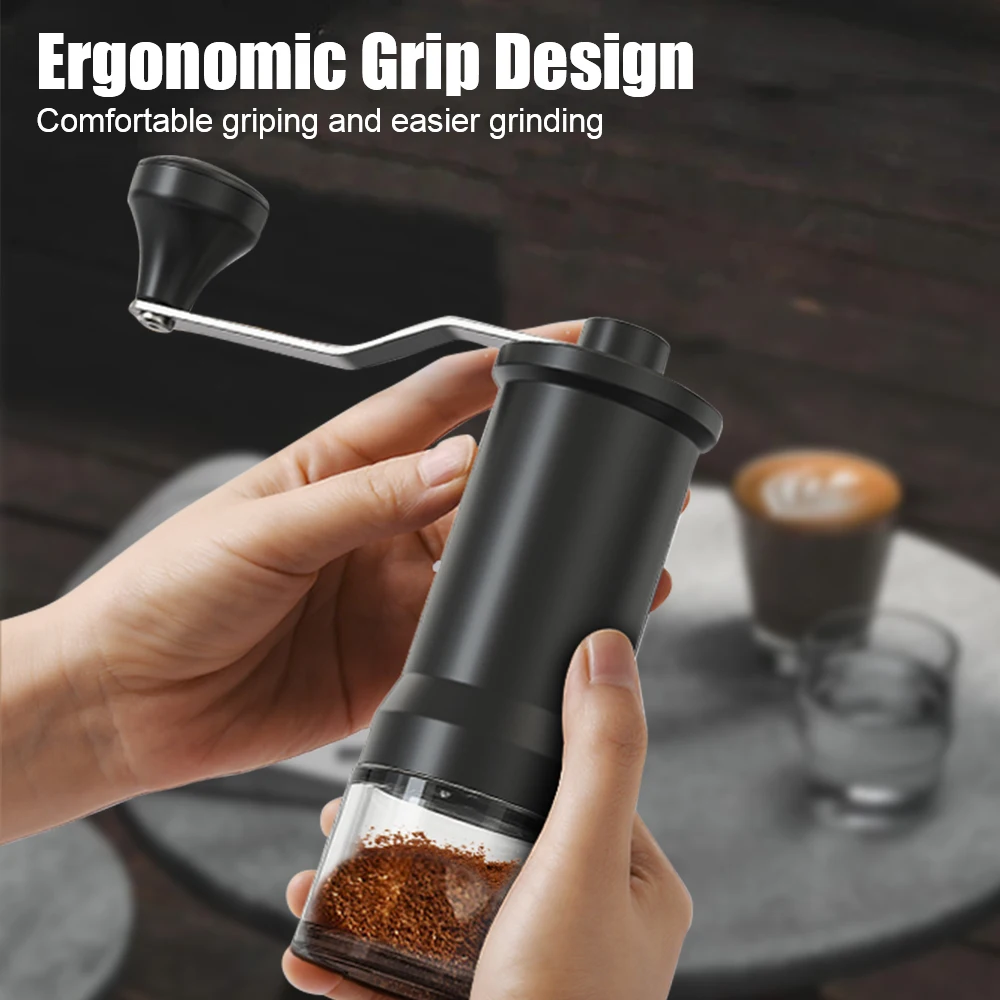
Understanding Coffee Grinders
What is a Coffee Grinder?
A coffee grinder is a device that transforms whole coffee beans into a fine powder or coarse grounds. This process unlocks the essential oils in the beans and releases the rich flavors and aromas that are otherwise trapped within. Many coffee enthusiasts believe that freshly ground coffee is vital for achieving the best brew. Thus, investing in a high-quality grinder becomes essential for coffee lovers.
Grinders come in various forms, and choosing the right one can make a significant difference in your coffee experience. Understanding the different types of grinders will help you make an informed decision. It will also aid you in brewing coffee that suits your taste preferences.
Types of Coffee Grinders
When it comes to coffee grinders, there are two main types: blade grinders and burr grinders. Both have their advantages and disadvantages, and the choice largely depends on personal preference, budget, and intended usage.
Blade Grinders
Blade grinders are often considered the entry-level option. They work by using a spinning blade to chop the coffee beans into smaller pieces. However, they also have several limitations. One significant drawback of blade grinders is that they do not provide a uniform grind size. Variations in grind size can lead to uneven extraction during brewing, affecting the final taste of your coffee.
These grinders are generally more affordable and easier to find. They are also compact and portable, making them a convenient option for travel. But keep in mind that you may not achieve the best flavor profile when using a blade grinder.
Burr Grinders
Burr grinders, on the other hand, are the preferred choice for serious coffee aficionados. They crush beans between two metal or ceramic surfaces, allowing for a consistent grind size. This uniformity is crucial for achieving an even extraction during brewing. As a result, coffee brewed from freshly ground beans tends to have a richer and more complex flavor.
Burr grinders come in two types: flat burr and conical burr. Flat burr grinders provide a more even grind, while conical burr grinders are easier to clean and often quieter. Although burr grinders tend to be more expensive, many coffee lovers consider them worth the investment.
Why Grind Your Coffee?
Grinding coffee is a critical step in the brewing process. Whole beans maintain their freshness longer than pre-ground coffee. Once beans are ground, they begin to oxidize, losing flavor over time. Thus, grinding coffee just before brewing ensures you capture the freshest flavors.
Another reason to grind your coffee is that it allows you to experiment with grind sizes. Different brewing methods require different grind sizes. For example, French press coffee requires a coarse grind, while espresso requires a fine grind. By adjusting the grind size, you can tailor your coffee to suit your preferred brewing method.
The Grinding Process and Its Impact on Flavor
Importance of Grind Size
The grind size plays a critical role in coffee brewing. It affects how quickly water extracts flavors from the coffee grounds. A finer grind has more surface area, which means water can extract flavors more quickly. Conversely, a coarse grind has less surface area, leading to slower extraction.
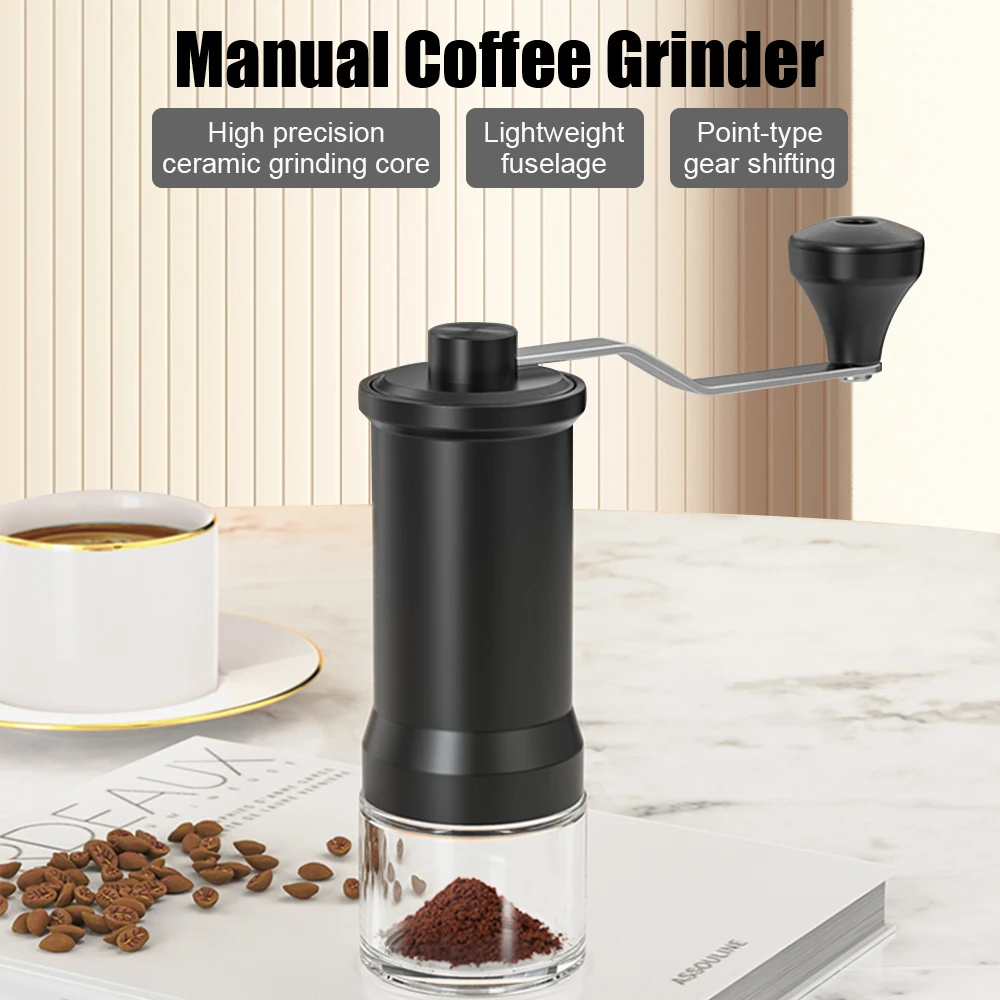
If you use the wrong grind size for your brewing method, you may end up with an under-extracted or over-extracted cup of coffee. Under-extracted coffee tends to be sour and lacks depth, while over-extracted coffee can taste bitter and harsh. Therefore, understanding the relationship between grind size and brewing method is essential for brewing the perfect cup.
Brewing Methods and Grind Size
Different brewing methods require different grind sizes for optimal flavor extraction. Let’s explore a few popular brewing methods and their recommended grind sizes.
French Press
For French press coffee, a coarse grind is ideal. This method involves steeping the coffee grounds in hot water before pressing them down with a plunger. A coarse grind allows the coffee to steep evenly without clogging the filter. If the grind is too fine, it can create a gritty texture and lead to bitter flavors.
Pour Over
Pour over coffee requires a medium grind size. This method involves slowly pouring hot water over the coffee grounds in a filter. A medium grind allows for proper extraction while preventing clogging. Finding the right balance is essential for brewing a smooth and flavorful cup of coffee.
Espresso
Espresso requires a fine grind size. This method forces hot water through finely ground coffee under pressure, resulting in a concentrated shot of coffee. The fine grind promotes rapid extraction, allowing oils and flavors to come through quickly. If the grind is too coarse, the espresso may taste weak and watery.
How to Choose the Right Coffee Grinder
Consider Your Brewing Method
When choosing a coffee grinder, consider your primary brewing method. If you frequently brew espresso, you will need a fine grinder. If you prefer French press, opt for a grinder that can provide a coarse grind. Each brewing method has its requirements, so aligning your grinder with your methods will enhance your coffee experience.
Budget Considerations
Coffee grinders are available at various price points. Blade grinders can be found for as little as 20,whilehigh−qualityburrgrinderscancostupwardsof200 or more. Determine your budget before going shopping. If you are serious about your coffee, investing in a good burr grinder may well be worth it.
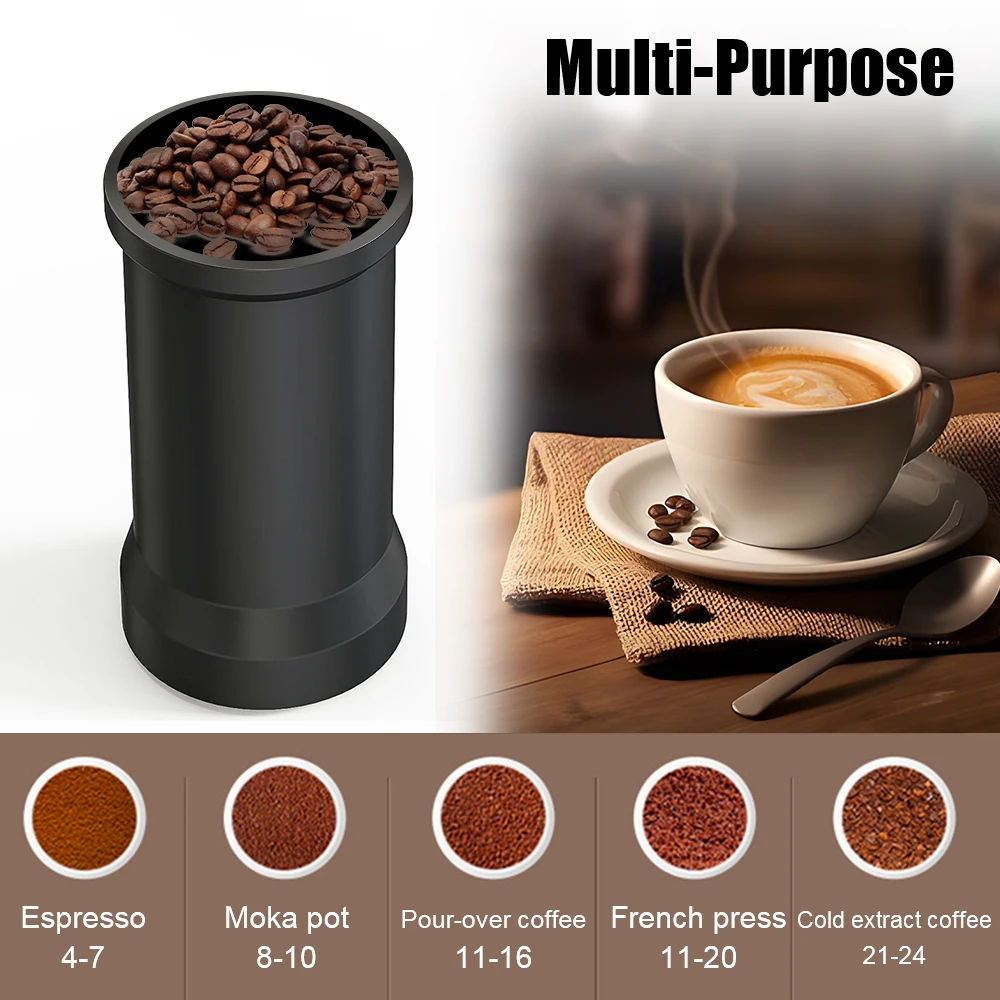
Features to Look For
When shopping for a coffee grinder, consider the essential features you might need. Some grinders come with adjustable grind settings. This feature allows you to customize the grind size according to your brewing method. A built-in timer can also come in handy for ensuring consistent grind times.
Additionally, consider the grinder’s capacity. If you often brew coffee for multiple people or enjoy larger quantities, a grinder with a bigger capacity will be beneficial. Easy cleaning mechanisms are also vital, as coffee oil can build up over time, affecting the taste of future brews.
Maintaining Your Coffee Grinder
Cleaning Your Grinder
Regular maintenance of your coffee grinder is crucial for preserving the flavor and longevity of your equipment. Over time, coffee oils can accumulate inside the grinder, leading to stale flavors. Therefore, cleaning it should be part of your routine.
For burr grinders, you can disassemble the parts to clean them thoroughly. Use a soft brush to remove any leftover coffee grounds. A damp cloth can wipe down the exterior. For blade grinders, simply wipe the blades with a cloth. Be careful, as the blades are sharp.
Tips for Longevity
To ensure your coffee grinder lasts as long as possible, avoid grinding any non-coffee substances, like spices or flavored beans. These can dull the blades and affect the flavor. Always store your grinder in a dry environment to prevent moisture damage, and avoid overloading it with beans beyond the manufacturer’s recommendations.
Also, consider running a cycle with cleaning beans when your grinder needs extra attention. These beans are designed to absorb oils and can help in cleaning the internal parts. Regular maintenance will keep it functioning well and producing fresh flavors.
Brewing Coffee: The Impact of Grind Size
The grind size of your coffee can dramatically influence the flavor and strength of your brew. Whether you prefer a strong espresso or a gentle drip coffee, matching the grind size to your brewing method is key.
Understanding Extraction
When brewing coffee, extraction refers to how well water extracts flavors from the coffee grounds. The grind size affects extraction time. Finer grinds allow for quicker extraction, while coarser grinds take longer. If the grind is too fine for a particular brewing method, the coffee can taste bitter. On the other hand, if the grind is too coarse, the coffee may taste weak.

Experimentation
One of the joys of brewing coffee is the ability to experiment with different grind sizes. Don’t hesitate to play around with the grind settings on your grinder. Take notes of what works best for your preferred brewing method. This trial and error can lead to discovering your ideal cup of coffee.
The Importance of Freshness
A critical aspect of achieving the best flavor lies in the freshness of the coffee beans. Always aim to grind your coffee just before brewing. This practice ensures you capture the freshest flavors and aromas. Pre-ground coffee loses its freshness much faster due to exposure to air. Therefore, investing in a good grinder is the first step towards better coffee.
Conclusion: The Heart of Your Coffee Ritual
A high-quality coffee grinder lays the foundation for a great cup of coffee. By understanding the different types of grinders, their impact on flavor, and the importance of grind size, you can elevate your brewing experience. Combining the right equipment with proper maintenance practices will ensure you enjoy delicious coffee every time you brew.
In the world of coffee, the grinder is often overlooked, yet it plays a pivotal role in unlocking the true flavors of the beans. So whether you’re a casual drinker or a dedicated enthusiast, investing time and effort into choosing the right grinder can significantly enhance your coffee journey. The rich aroma and delightful taste of freshly ground coffee await you, so take that step today!
